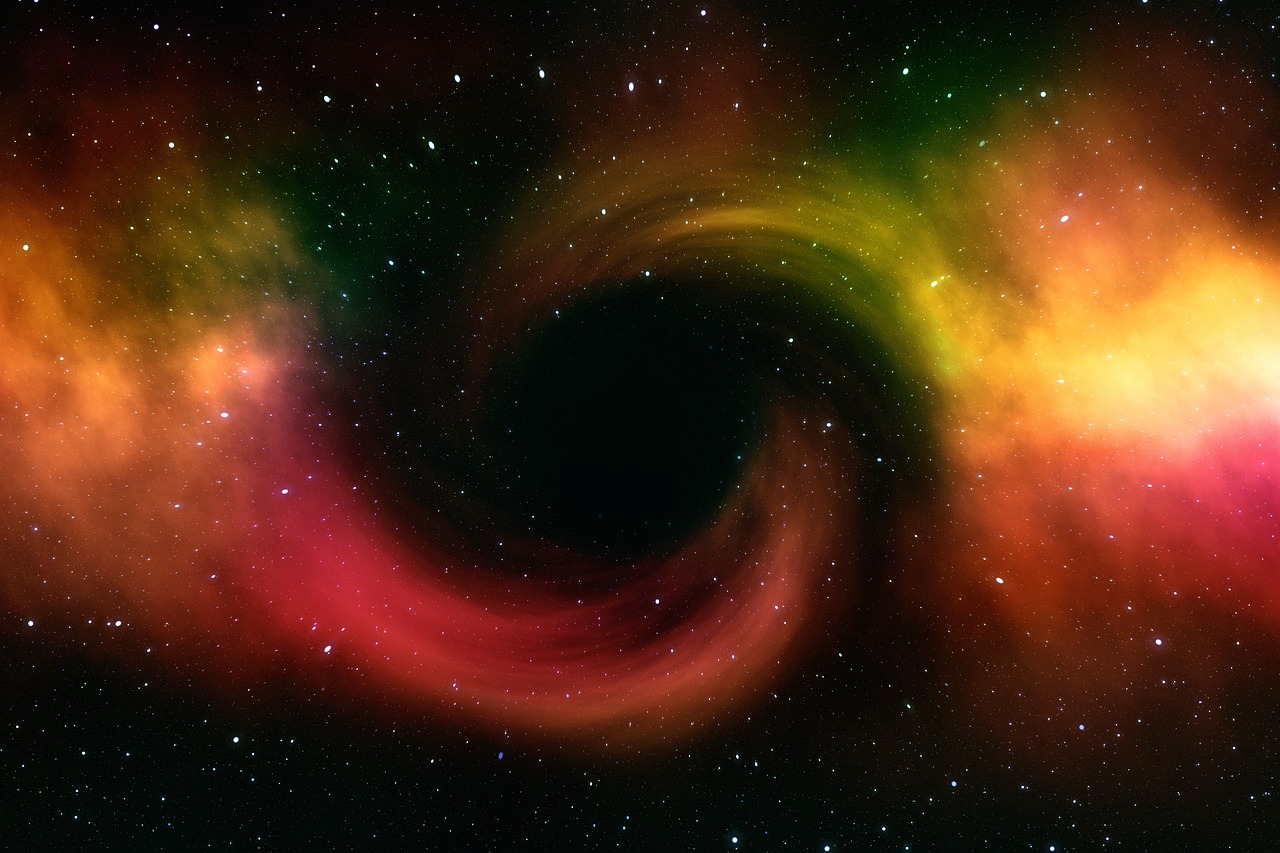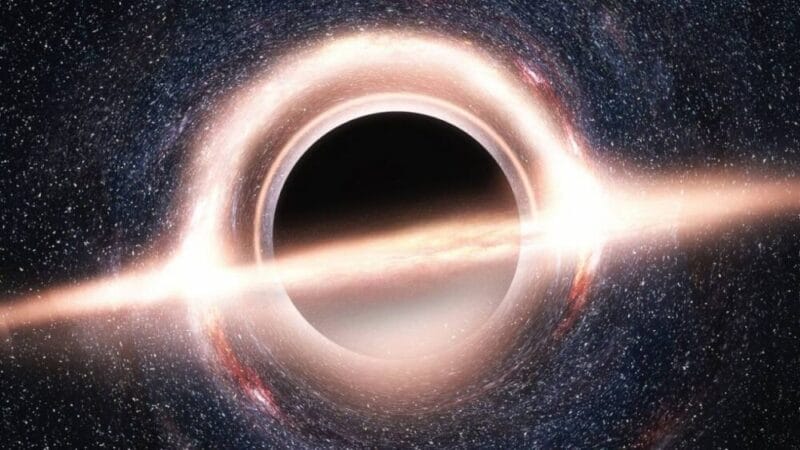
Ton 618 VS Milky Way
Introduction
In the vast expanse of the universe, where mysteries abound and celestial marvels dazzle the imagination, Ton 618 stands out as a behemoth among black holes. Nestled in the heart of the galaxy Messier 106, this supermassive entity commands attention with its sheer magnitude.
Ton 618 vs Milky Way
With a mass towering at around 66 billion solar masses, Ton 618 dwarfs even the grandeur of our own Milky Way galaxy, which boasts a diameter of approximately 100,000 light-years and a mass reaching 1 trillion solar masses.
As we embark on a journey to unravel the secrets of Ton 618, we delve into the depths of cosmic phenomena and push the boundaries of our understanding of the universe.
What is Ton 618
Ton 618 emerges as a supermassive black hole entrenched within the elliptical galaxy Messier 77 (M77). Its immense mass, estimated to range between 66 billion and 100 billion solar masses, renders it one of the most substantial black holes known to humanity.
Yet, Ton 618’s allure extends beyond its staggering mass; it shines as one of the brightest beacons in the cosmic expanse, with a luminosity surpassing 100 trillion times that of our Sun. This radiant brilliance stems from the relentless influx of material cascading into the black hole’s abyssal depths, heating to extraordinary temperatures and emitting radiant energy across the cosmos.
As astronomers peer into the cosmic abyss, Ton 618 emerges as a tantalizing target for exploration, promising profound insights into the behaviour and evolution of supermassive black holes.
Ton 618 Versus Milky Way
Comparing Ton 618 with our home galaxy, the Milky Way, unveils a stark dichotomy in scale and evolution. Positioned at the heart of the galaxy PKS 1127-145, Ton 618 boasts a mass approximately 660 times greater than that of the Milky Way.
However, despite its monumental mass, Ton 618 pales in comparison when considering diameter, measuring approximately 660 times smaller than our sprawling Milky Way. This vast disparity arises from Ton 618’s relative youth, perpetually accreting matter from its surroundings, contrasting with the mature, matter-sated state of the Milky Way.
This juxtaposition offers a poignant reflection on the diverse trajectories of galactic and black hole evolution, painting a vivid portrait of cosmic dynamism.
Implications of Ton 618 Magnitude
The colossal proportions of Ton 618 carry profound implications for our comprehension of the universe’s fundamental structure and dynamics. Firstly, the existence of such a massive black hole challenges conventional theories of black hole formation and evolution, beckoning astronomers to reconsider the mechanisms underlying these cosmic behemoths.
Secondly, Ton 618’s magnitude hints at the presence of unseen cosmic constituents, such as dark matter and dark energy, which shroud the universe in enigmatic obscurity. By illuminating these hidden facets of the cosmos, Ton 618 serves as a beacon guiding humanity towards a deeper understanding of the universe’s intricacies.
Conclusion
As we gaze into the depths of Ton 618, we are confronted with the awe-inspiring grandeur of the cosmos. Its colossal mass and luminosity beckon us to embark on an odyssey of exploration, venturing into the realms of the unknown.
With each revelation, we inch closer towards unlocking the secrets of the universe, unravelling the mysteries that shroud the cosmic tapestry. Ton 618 stands as a testament to the boundless wonders that await discovery in the cosmic expanse, inspiring humanity to peer ever deeper into the abyss and unveil the enigmas that lie beyond.
Some Frequently Asked Questions and Their Answers
What is Ton 618?
Ton 618 is a very distant and extremely luminous celestial object, a quasar, that is believed to contain one of the largest known black holes.
What is the size comparison between Ton 618 and the Milky Way?
The Lyman-alpha nebula surrounding Ton 618 has a diameter of at least 100 kiloparsecs (320,000 light-years), which is twice the size of the Milky Way.
What is the Milky Way?
The Milky Way is a barred spiral galaxy, approximately 100,000 light-years in diameter. It contains hundreds of billions of stars, along with gas, dust, and dark matter.
How does the black hole in Ton 618 compare to the one in the Milky Way?
The black hole in Ton 618 is one of the largest known, while the black hole in the Milky Way, known as Sagittarius A*, contains the equivalent mass of 4.3 million Suns.
References
- nasa.gov: That is believed to contain one of the largest known black holes…
- atomparticles.com: Ton 618 is a very distant and extremely luminous celestial object, a quasar…
- nasa.gov: The Lyman-alpha nebula surrounding Ton 618 has a diameter of at least 100 kiloparsecs…
- nasa.gov: The black hole in Ton 618 is one of the largest known, while the black hole in the Milky…
Other Interesting Articles
- Spotify and Google Personalized Podcasts and Audiobooks: Discover how Spotify’s partnership with Google’s AI revolutionizes podcasts and audiobooks, offering personalized content experiences…
- Microsoft AI Cloud: The Future of Artificial Intelligence: Discover how Microsoft AI and cloud chips revolutionize cloud computing, empowering organizations with unparalleled performance…










